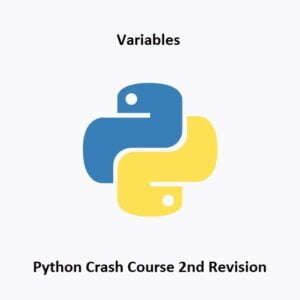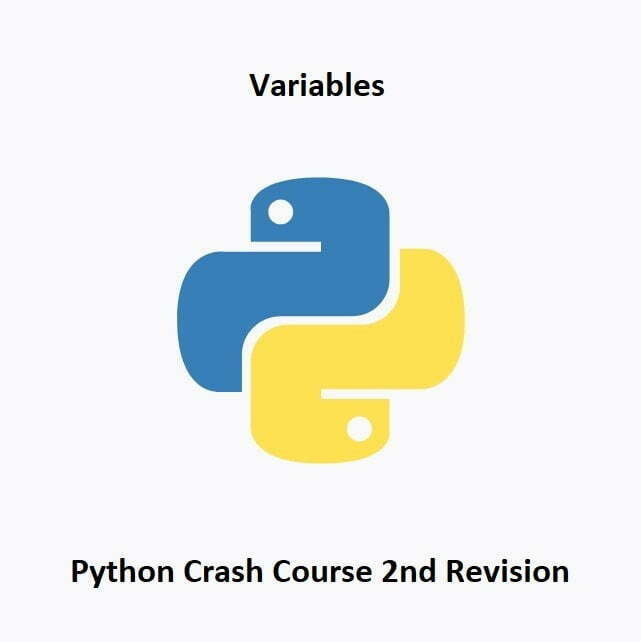
Understanding Variables
In this third part of our Python Crash Course, we’ll delve into the fascinating world of variables. Understanding variables is a fundamental skill for any programmer, as they enable you to store and manipulate data. We’ll explore how to declare and use variables, learn about data types, and discover the power of variable naming conventions. Let’s get started!
What Are Variables?
In Python, a variable is like a container that stores data. These containers have names, and you can think of them as labels that refer to specific values. For example:
name = "Alice"
age = 30
In this code, name and age are variables. name stores a text string, and age stores a number.
Declaring and Assigning Variables:
You declare a variable by assigning a value to it using the = operator. Here’s how it works:
variable_name = value
Variable Naming Conventions:
- Variable names can consist of letters, numbers, and underscores.
- They cannot start with a number.
- Variable names are case-sensitive (“myvar” and “myVar” are different variables).
- Use meaningful and descriptive names to make your code more readable.
Data Types:
Variables can hold different types of data, known as data types. Some common data types in Python include:
- Integers (int): Whole numbers, e.g., 5, -3, 0.
- Floating-Point Numbers (float): Decimal numbers, e.g., 3.14, -0.5.
- Strings (str): Text data, e.g., “Hello, Python!”
- Booleans (bool): True or False values.
- Lists: Ordered collections of items.
- And many more!
Variable Reassignment:
You can change the value of a variable by reassigning it:
age = 30
age = 31
Now, age is reassigned to 31.
Conclusion:
In this third part of the Python Crash Course, you’ve explored the essential concept of variables. These powerful containers allow you to work with and manipulate data in your Python programs. With a solid understanding of variables, you’re well on your way to mastering Python’s core concepts. In the upcoming posts, we’ll dive deeper into data types, operations, and the magic of control structures. In the next part of our Python crash course, we will be learning about Math Operators. Stay tuned for more Python insights!
That’s All Folks!
You can explore more of our Python guides here: Python Guides





